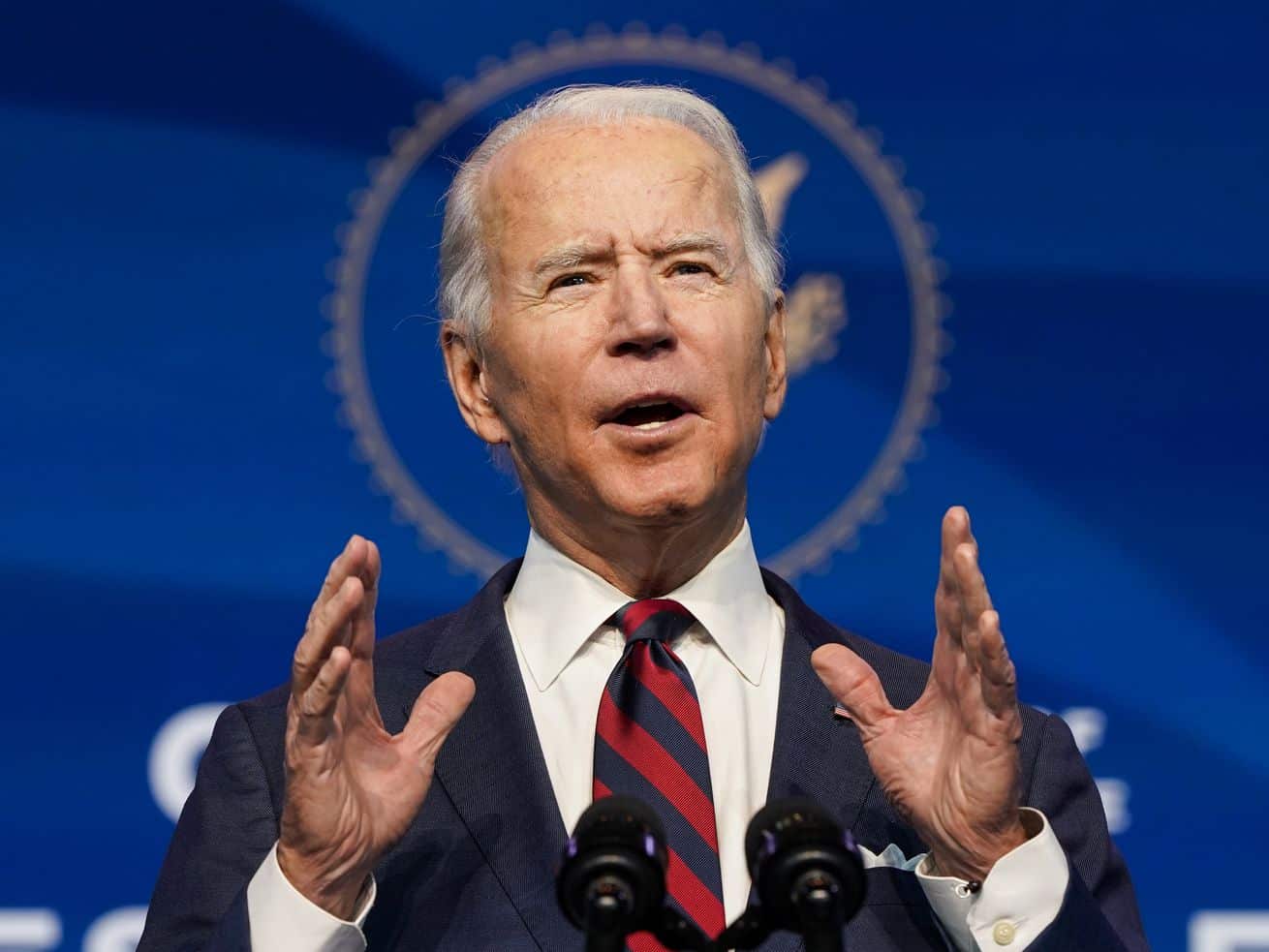Covid-19 exposed big gaps in America’s “care infrastructure.” Biden wants to do something about it.
Among the many problems made even more acute by the Covid-19 pandemic is how difficult it can be to take time off work — even if you or a family member is sick with a deadly disease.
Federal law currently offers only unpaid family or medical leave, making the US the only developed nation to not provide any paid leave. Based on federal statistics, only 21 percent of US workers have access to paid family leave and 40 percent have access to paid medical leave.
This is part of the gap in “care infrastructure” that experts and activists argue the pandemic has revealed: Between taking care of kids with schools closed and working from home, more Americans have found that it’s not easy to juggle the responsibilities of a career, family, and personal health, especially for people working low-wage jobs with less generous benefits.
So many Americans have effectively been given a choice: Keep your job or take care of yourself and your family. That’s one reason women, often playing the role of caregivers, have disproportionately lost jobs throughout the Covid-19 recession. In one survey, more than 8 million Americans cited caring for a child not in school or day care or caring for an older person as a reason for not working.
Congress and President Joe Biden’s administration have tried to plug some of these holes by making it easier for people to take time off if they’re sick with Covid-19 or have to take care of someone else sick with the coronavirus. The Biden administration this week also urged employers to offer paid leave to workers so they can get vaccinated, dangling tax credits for doing so.
But that’s left an obvious question: If all of this is necessary or helpful for Covid-19, why wouldn’t the same be true for other major life events? Why should someone not be allowed to take time off from work if they’re sick with another disease, need to take care of a sick family member, or, for that matter, if they need to take care of a newborn?
Those are the questions driving the next part of Biden’s “Build Back Better” proposals, which will reportedly be called the American Families Plan. The details are still in flux, but as it stands the proposal will include more than $200 billion over 10 years for government-subsidized paid family and medical leave nationwide. It will also include other parts of the care economy, such as child care and preschool education.
Some conservatives argue employers should be allowed to set the terms of leave for workers. The main concerns come down to the costs to taxpayers and fears that a mandate would hurt businesses.
But these concerns run counter to the experiences of other countries and states that have adopted paid leave.
A recent study published by the National Bureau of Economic Research compared outcomes for smaller businesses in New York, which in 2018 started paid leave, to Pennsylvania, which has no such policy. It found paid leave didn’t hurt employers on any of the metrics surveyed — echoing findings from other US studies.
There’s a more practical way of looking at this, too: Has paid leave made all the other developed countries of the world uncompetitive? Are Australia, Denmark, Israel, and South Korea — all of which have reported equal or higher GDP growth than the US in recent years — really struggling to keep up?
Paid leave is just one of the many issues the pandemic has made much harder to ignore. But based on the experiences of other countries, this problem is fixable. Now we’ll see if Biden and Congress can do it.
Author: German Lopez
Read More



